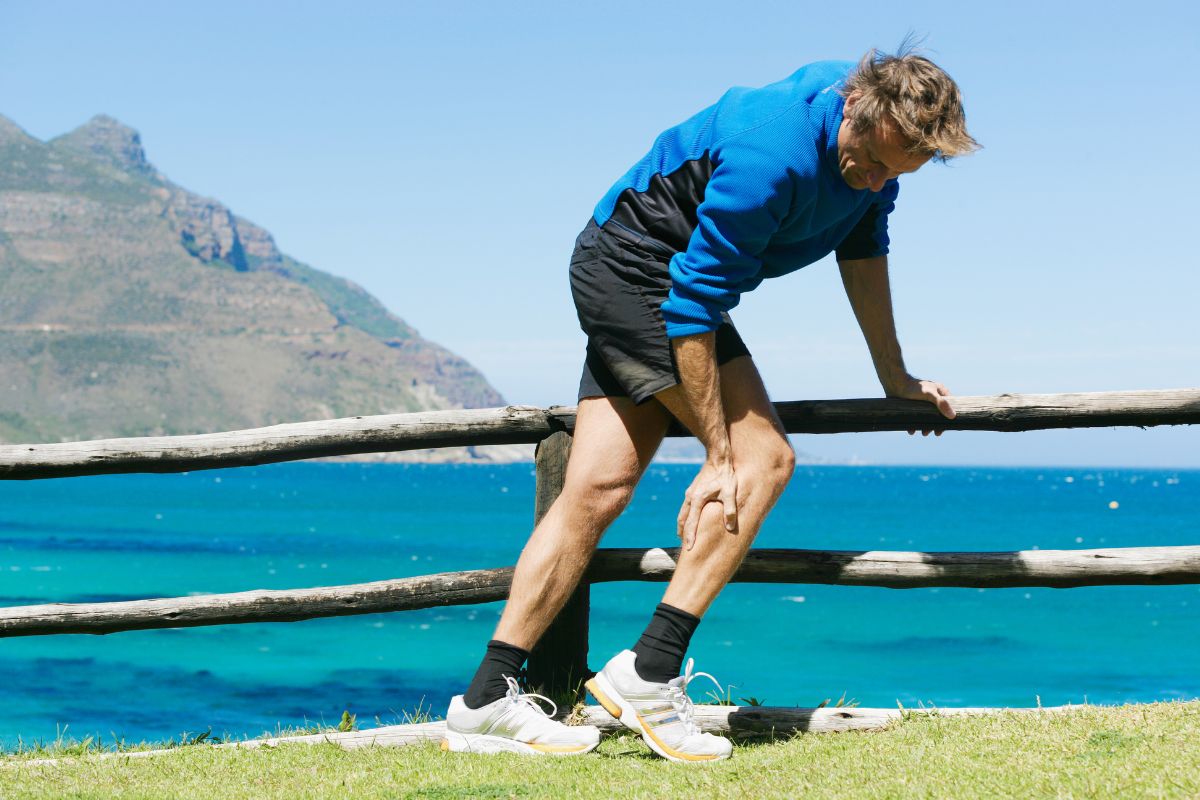Din handlekurv er nå tom!
PBMT and topical diclofenac as single and combined treatment on skeletal muscle injury in diabetic rats: effects on biochemical and functional aspects.

Skrevet av
by Cleber Ferraresi, Thomas Beltrame, Fernando Fabrizzi, Eduardo Sanches Pereira do Nascimento, Marlus Karsten, Cristina de Oliveira Francisco, Audrey Borghi-Silva, Aparecida Maby Ligiane Souza Dos Santos, Joyce Camilla Saltorato, Marina Gaiato Monte, Rodrigo Labat Marcos, Rodrigo Álvaro Brandão Lopes-Martins, Shaiane Silva Tomazoni, Ernesto Cesar Pinto Leal-Junior, Rodrigo Leal de Paiva Carvalhoria Catai, Daniel Rodrigues Cardoso, Antonio Gilberto Ferreira, Michael R Hamblin, Vanderlei Salvador Bagnato, Nivaldo Antonio Parizotto
Abstract: Physical exercise generates several benefits in a short time in patients with diabetes mellitus. However, it can increase the chances of muscle damage, a serious problem for diabetic patients. Nonsteroidal anti-inflammatory drugs (NSAIDs) are widely used to treat these injuries, despite the serious adverse effects. In this way, photobiomodulation therapy (PBMT) with low-level laser therapy (LLLT) and/or light emitting diode therapy (LEDT) can be used as an alternative in this case. However, its efficacy in tissue repair of trauma injuries in diabetes mellitus until now is unknown, as well as the combination between PBMT and NSAIDs. The objective of the present study was to evaluate the effects of NSAIDs and PBMT applied alone or combined on functional and biochemical aspects, in an experimental model of muscle injury through controlled trauma in diabetic rats. Muscle injury was induced by means of a single trauma to the animals’ anterior tibialis muscle. After 1 h, the rats were treated with PBMT (830 nm; continuous mode, with a power output of 100 mW; 3.57 W/cm2; 3 J; 107.1 J/cm2, 30 s), diclofenac sodium for topical use (1 g), or combination of them. Our results demonstrated that PBMT + diclofenac, and PBMT alone reduced the gene expression of cyclooxygenase-2 (COX-2) at all assessed times as compared to the injury and diclofenac groups (p < 0.05 and p < 0.01 respectively). The diclofenac alone showed reduced levels of COX-2 only in relation to the injury group (p < 0.05). Prostaglandin E2 levels in blood plasma demonstrated similar results to COX2. In addition, we observed that PBMT + diclofenac and PBMT alone showed significant improvement compared with injury and diclofenac groups in functional analysis at all time points.
Conclusion: The results indicate that PBMT alone or in combination with diclofenac reduces levels of inflammatory markers and improves gait of diabetic rats in the acute phase of muscle injury.
Similar Studies
Near-Infrared Light Therapy to Attenuate Strength Loss After Strenuous Resistance Exercise
“Photobiomics”: Can Light, Including Photobiomodulation, Alter the Microbiome?
Mechanisms and applications of the anti-inflammatory effects of photobiomodulation